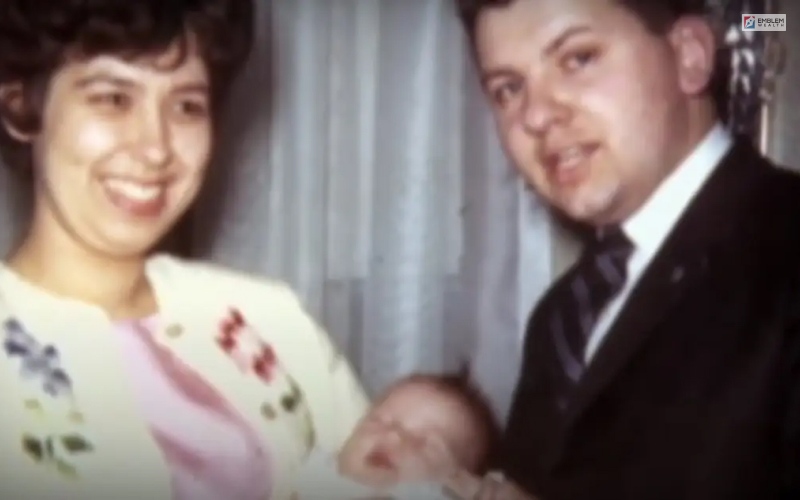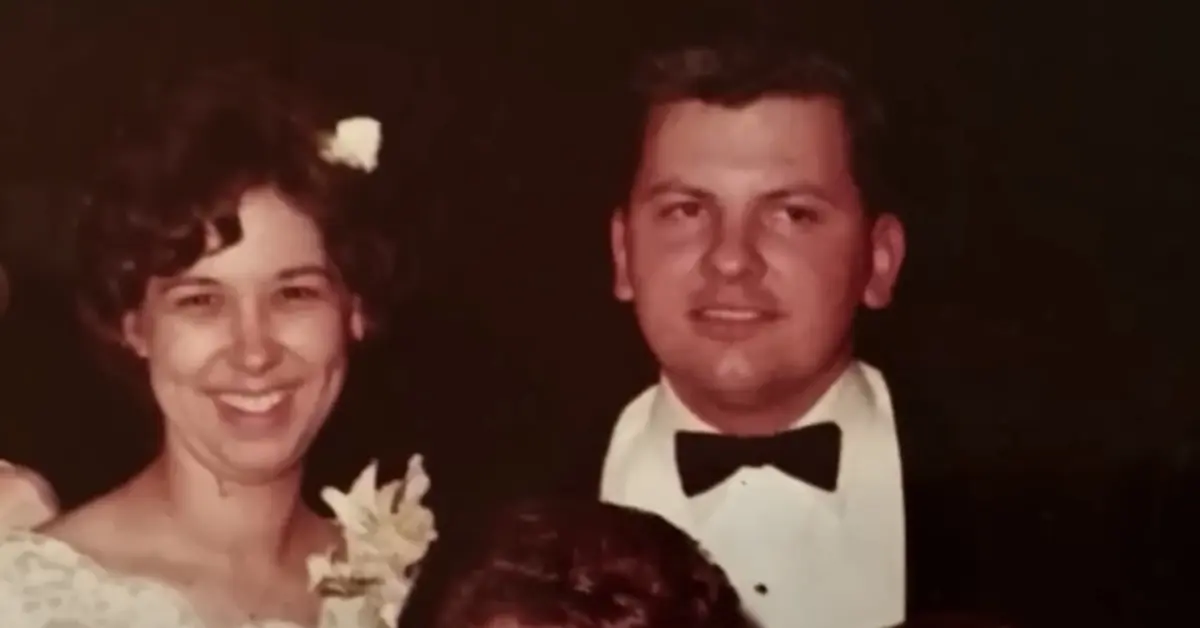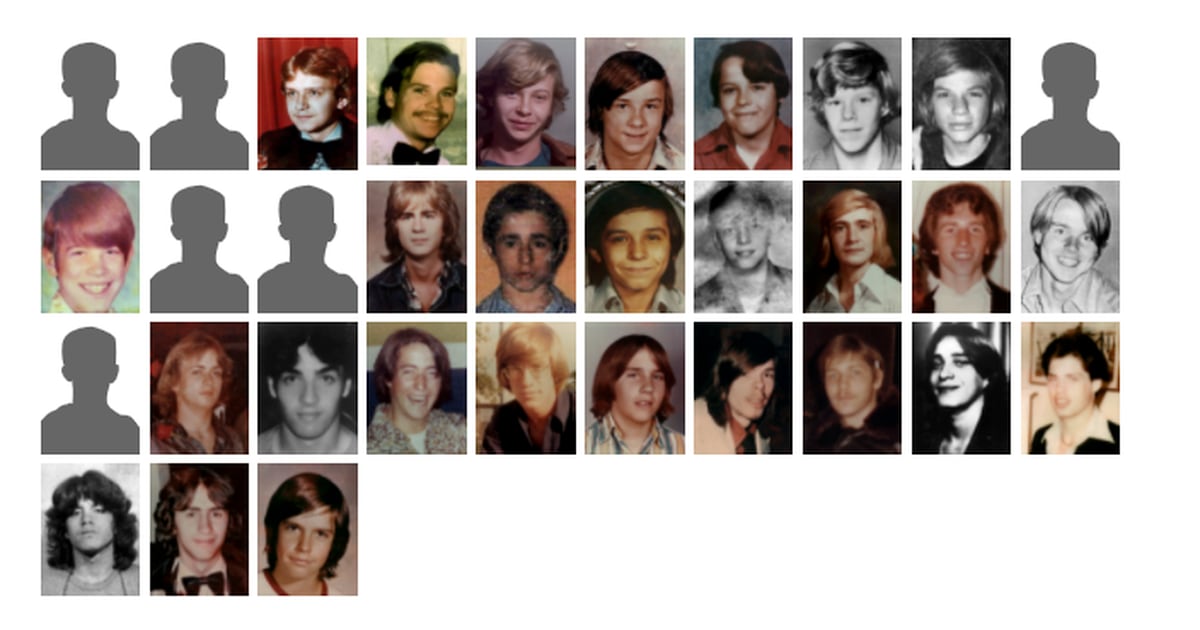Michael Gacy is a name that sends shivers down the spine, and for good reason. This infamous figure, often referred to as the "Killer Clown," left an indelible mark on history with his heinous crimes. The story of Michael Gacy is not just a tale of darkness—it’s a deep dive into the mind of a man who wore a mask, both literally and figuratively. If you’ve ever wondered about the man behind the headlines, this article will take you on a journey through his life, crimes, and the chilling impact he left on society.
Now, let's be real here. Michael Gacy isn’t just some random guy who made headlines for a week or two. His story is one of those that sticks with you, haunting your thoughts long after you’ve read about it. It’s a story that forces us to confront the darkest aspects of human nature and the thin line between normalcy and depravity.
So, buckle up, because we’re about to explore the twisted world of Michael Gacy. From his early years to the shocking revelations of his crimes, this article will give you a comprehensive look at one of history’s most infamous figures. And trust me, it’s not for the faint of heart.
Read also:Jaycee Chan The Rising Star In The Shadow Of A Legend
Biography of Michael Gacy
Before we dive into the dark details, let’s take a step back and understand who Michael Gacy really was. Born on March 17, 1942, in Chicago, Illinois, Gacy grew up in a seemingly ordinary household. But as we all know, looks can be deceiving. Below is a quick breakdown of his life through a table of essential facts:
| Full Name | Michael Anthony Gacy Jr. |
|---|---|
| Date of Birth | March 17, 1942 |
| Place of Birth | Chicago, Illinois |
| Alias | The Killer Clown |
| Occupation | Contractor, Entertainer |
| Criminal Charges | Murder, Sexual Assault |
Early Life: The Seeds of Darkness
Growing up in Chicago, Michael Gacy didn’t exactly scream "serial killer" during his childhood. He was an average kid with an average life—or so it seemed. His father, Michael Gacy Sr., was a strict disciplinarian who often used physical punishment to enforce rules. This environment likely played a role in shaping the man Gacy would become. But hey, we’re not psychologists here, so let’s not jump to conclusions too quickly.
What we do know is that Gacy struggled with his sexuality from a young age. He reportedly had a strained relationship with his father, who disapproved of his son’s effeminate behavior. These early conflicts may have contributed to the psychological turmoil that defined his adult life. But remember, this isn’t an excuse—it’s just context.
Michael Gacy's Journey into Adulthood
As Gacy entered adulthood, he began to build a life that, on the surface, seemed respectable. He became a successful contractor and even dabbled in politics, running for local office. But beneath this façade lay a darkness that would soon come to light. Gacy was known for throwing extravagant parties, often dressed as “Pogo the Clown,” a persona that would later become synonymous with his crimes.
- Gacy was a skilled contractor, building homes and businesses in the Chicago area.
- He was active in his community, participating in local events and charities.
- His alter ego, Pogo the Clown, was beloved by children and families alike.
The Descent into Darkness
It wasn’t until the late 1970s that the full extent of Gacy’s crimes began to unravel. In December 1978, the disappearance of Robert Piest, a 15-year-old boy, led investigators to Gacy’s doorstep. What they found was beyond comprehension—bodies buried beneath his home and more victims scattered across the area.
The investigation revealed that Gacy had murdered at least 33 young men and boys, many of whom he lured to his home with promises of work or friendship. His crimes were brutal, involving sexual assault, torture, and murder. It’s a story that continues to shock and disturb people to this day.
Read also:How Many Marvel Movies Are There The Ultimate Guide To Exploring The Marvel Cinematic Universe
Uncovering the Truth: The Investigation
The investigation into Gacy’s crimes was nothing short of a nightmare for law enforcement. Officers had to sift through evidence, interview witnesses, and piece together the puzzle of what had happened under Gacy’s roof. The discovery of the bodies buried beneath his home was a turning point in the case, bringing national attention to the horrors he had committed.
- Gacy’s home was excavated, uncovering the remains of his victims.
- Witnesses came forward with stories of Gacy’s behavior and the disappearances they had noticed.
- Forensic evidence played a crucial role in linking Gacy to the murders.
Psychological Insights: Inside the Mind of a Killer
So, what drives someone to commit such heinous acts? Psychologists and criminologists have long debated the motivations behind Gacy’s crimes. Some suggest that his childhood trauma and repressed sexuality played a significant role, while others point to a deeper psychological disorder. Regardless of the reasons, one thing is clear—Gacy’s actions were calculated and deliberate.
It’s worth noting that Gacy himself claimed to have no memory of his crimes, blaming them on a split personality. This defense, however, was met with skepticism by many, including experts who testified during his trial. The truth may never be fully known, but the impact of his actions is undeniable.
Understanding the Psychology of Serial Killers
While Gacy’s case is extreme, it sheds light on the broader issue of serial killers and their motivations. Many share common traits, such as a need for control, a fascination with death, and a lack of empathy for their victims. These factors, combined with environmental influences, can create a perfect storm of depravity.
- Serial killers often have a history of trauma or abuse.
- They frequently exhibit antisocial behavior and lack remorse.
- Control and manipulation are common themes in their crimes.
The Legal Battle: Michael Gacy's Trial
Gacy’s trial was a media spectacle, capturing the attention of the nation. Prosecutors presented a mountain of evidence, including forensic findings, witness testimonies, and Gacy’s own confessions. Despite his defense team’s efforts to portray him as a victim of circumstance, the jury found him guilty of 33 counts of murder.
The trial was a defining moment in the history of criminal justice, highlighting the importance of thorough investigations and the need for justice to be served. Gacy was sentenced to death, a punishment that many felt was justified given the severity of his crimes.
Key Moments in the Trial
Several moments during the trial stood out as pivotal in determining Gacy’s fate:
- Gacy’s confession to the murders, which he later retracted.
- Testimonies from survivors and family members of the victims.
- The presentation of forensic evidence linking Gacy to the crimes.
Legacy and Impact
The legacy of Michael Gacy is one of infamy. His crimes have been the subject of numerous books, documentaries, and films, serving as a reminder of the darkness that can exist within the human psyche. But beyond the sensationalism, Gacy’s story also highlights important issues, such as mental health, trauma, and the need for vigilance in our communities.
For those who study criminology or psychology, Gacy’s case offers valuable insights into the mind of a killer. It challenges us to confront uncomfortable truths about human nature and the factors that can lead someone down such a dark path.
Lessons from Gacy's Story
While Gacy’s story is undeniably tragic, it also serves as a learning opportunity for society. Here are a few key takeaways:
- Recognizing the signs of mental health issues and providing support can prevent tragedies.
- Community vigilance and open communication can help uncover suspicious behavior.
- Justice must be served, but it should also be tempered with understanding and compassion.
Conclusion: Reflecting on Michael Gacy's Legacy
In conclusion, Michael Gacy’s story is one that continues to resonate with people around the world. It’s a tale of darkness and depravity, but also one that offers valuable lessons about the human condition. As we reflect on his legacy, it’s important to remember the victims and their families, whose lives were forever changed by his actions.
If you’ve made it this far, I hope you’ve gained a deeper understanding of Michael Gacy and the impact of his crimes. Now, it’s your turn to take action. Share this article with others, start a conversation about the issues it raises, or delve deeper into the world of criminology. Together, we can work towards a safer, more compassionate society.
Table of Contents
- Biography of Michael Gacy
- Early Life: The Seeds of Darkness
- Michael Gacy's Journey into Adulthood
- The Descent into Darkness
- Uncovering the Truth: The Investigation
- Psychological Insights: Inside the Mind of a Killer
- The Legal Battle: Michael Gacy's Trial
- Legacy and Impact
- Lessons from Gacy's Story
- Conclusion: Reflecting on Michael Gacy's Legacy


